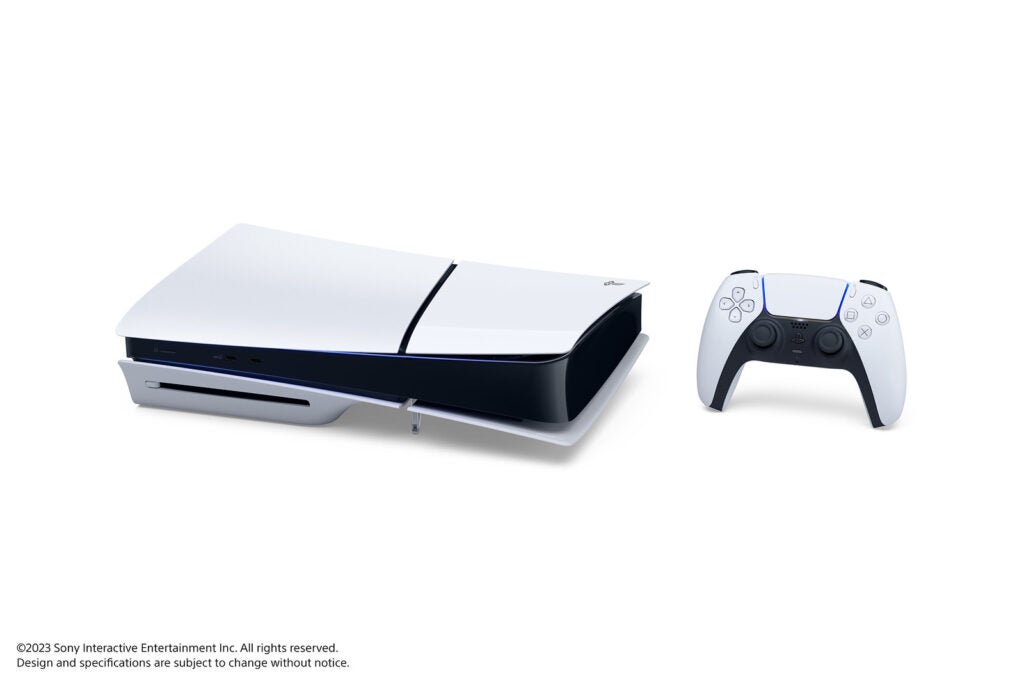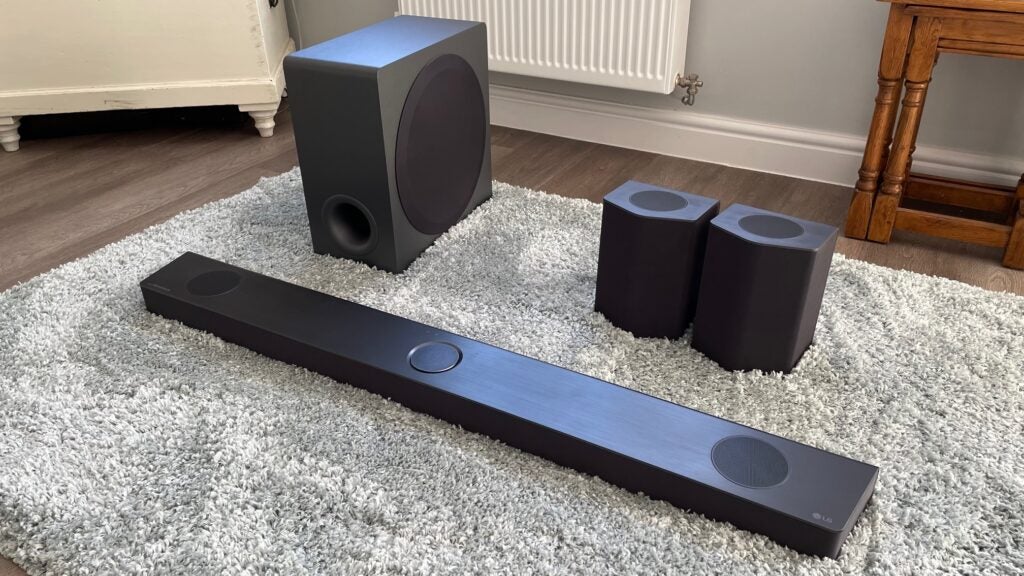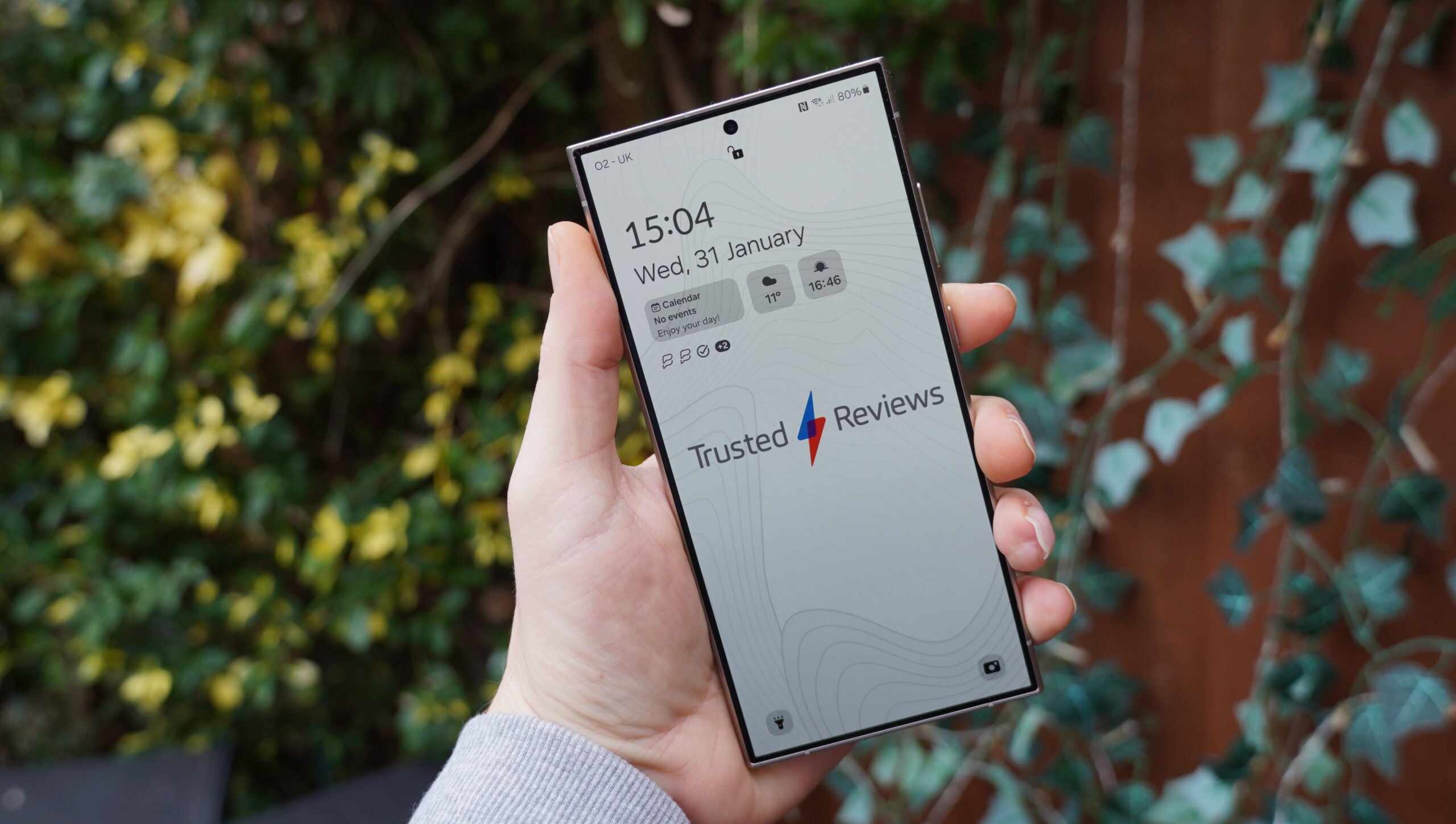What is ALLM (Auto Low Latency Mode)? The TV gaming tech explained

If you’re a gamer, you’ll be aware of lots of acronyms floating about features that relate to TVs. One of them is ALLM and it stands for Auto Low Latency Mode.
ALLM arrived as part of the HDMI 2.1 specification, a technical standard that allows for higher video resolutions, higher refresh rates, dynamic HDR, better-quality audio and the ability to interact with other devices more efficiently.
When it comes to TVs, Auto Low Latency Mode is primarily used for gaming. So, what is ALLM and how does it work?
What is Auto Low Latency Mode (ALLM)?
Very simply, ALLM triggers the lowest latency mode on a TV when it detects a gaming signal from a HDMI-connected device.
With regards to TVs, this mode would be considered the ‘game mode’. A game mode turns off any image processing to ensure inputs from your controller are processed by the console and reflected on-screen with minimal delay.
With game mode activated, some TVs can produce latency as low as <10ms. The lower the latency, the more responsive the controls, and that could provide a competitive advantage. For an even faster performance, you would need a display that supports a form of VRR (Variable Refresh Rates).
Game consoles that support ALLM include the Xbox One, Xbox Series X, Xbox Series S, and the PS5. We haven’t found a source online that indicates the Nintendo Switch supports the feature.

How does ALLM work?
The key word with Auto Low Latency Mode is ‘Auto’. In the past, the game mode had to be enabled manually, requiring you to dive into the settings menu to turn it on.
With TVs that don’t support ALLM, the viewer could forget they’ve put the TV into game mode and start watching other non-gaming related content. This can result in visuals that look less colourful and duller than would otherwise be the case.
ALLM works when a specific signal or flag is sent to the display from the gaming device. The TV recognises that the device connected to it is a gaming device, and thereby automatically switches into its lowest latency mode without you having to do anything.

When you turn your gaming device off if you exit gameplay, the TV will recognise this and revert back to whichever picture mode it was in before.
That means you can hop between inputs and sources with the knowledge that image quality won’t be compromised, and that if you do return to the gaming input, the TV will do what it did before and engage the lowest latency performance automatically. It’s all meant to be seamless and responsive.
Which TVs support Auto Low Latency Mode?
Over the last few years ALLM has become more widespread whether you’re purchasing a premium or budget TV.
In fact, of all the HDMI 2.1 features such as VRR, QFT, and HFR, it is the feature we feel is most likely to be found on a TV. That said, there are budget HD TVs we’ve found don’t support the feature, as well as 4K models such as the Sharp 55FN2KA, and other TVs such as Sky Glass don’t even have a game mode.

Sony TVs support ALLM, but they call it Auto Genre Mode. If you see this term on one of Sony’s more recent models, it essentially does the same thing as ALLM, though it appears to be designed to work in tandem with a PS5.
Otherwise, the vast majority of TVs support ALLM with the likes of Samsung, Hisense, Panasonic, TCL, Philips, LG, and Toshiba integrating the feature. Roku TVs can vary, as not all the models we’ve tested have ALLM included.
We would always say that you should double-check a TV supports ALLM, especially if it is an affordable TV. We’ll mention in our reviews whether they do or do not support the feature.
What other devices support ALLM?
ALLM isn’t just supported in TVs. AV amplifiers support the feature too, allowing game mode to be switched on when a gaming signal is passed through the amplifier/receiver. Models from Denon, Marantz, and Sony include ALLM.
Video streamers such as the Amazon Fire TV Cube can passthrough a gaming signal through its HDMI input, as can a selection of LG soundbars, a list that includes the S95QR, S80QR, and USC9S.

Do you need ALLM?
If you’re primarily a gamer but also devour other multimedia content, having a TV with ALLM is beneficial. Being able to dive into a game and know that you’ll get the optimal performance can’t be underestimated.
In addition, knowing that once you stop playing games that you don’t need to remember to disengage game mode simply adds to the convenience of ALLM.
Of course, you’ll also need TV that can deliver fast latency speeds. Check out our best gaming TV list for the best models.








